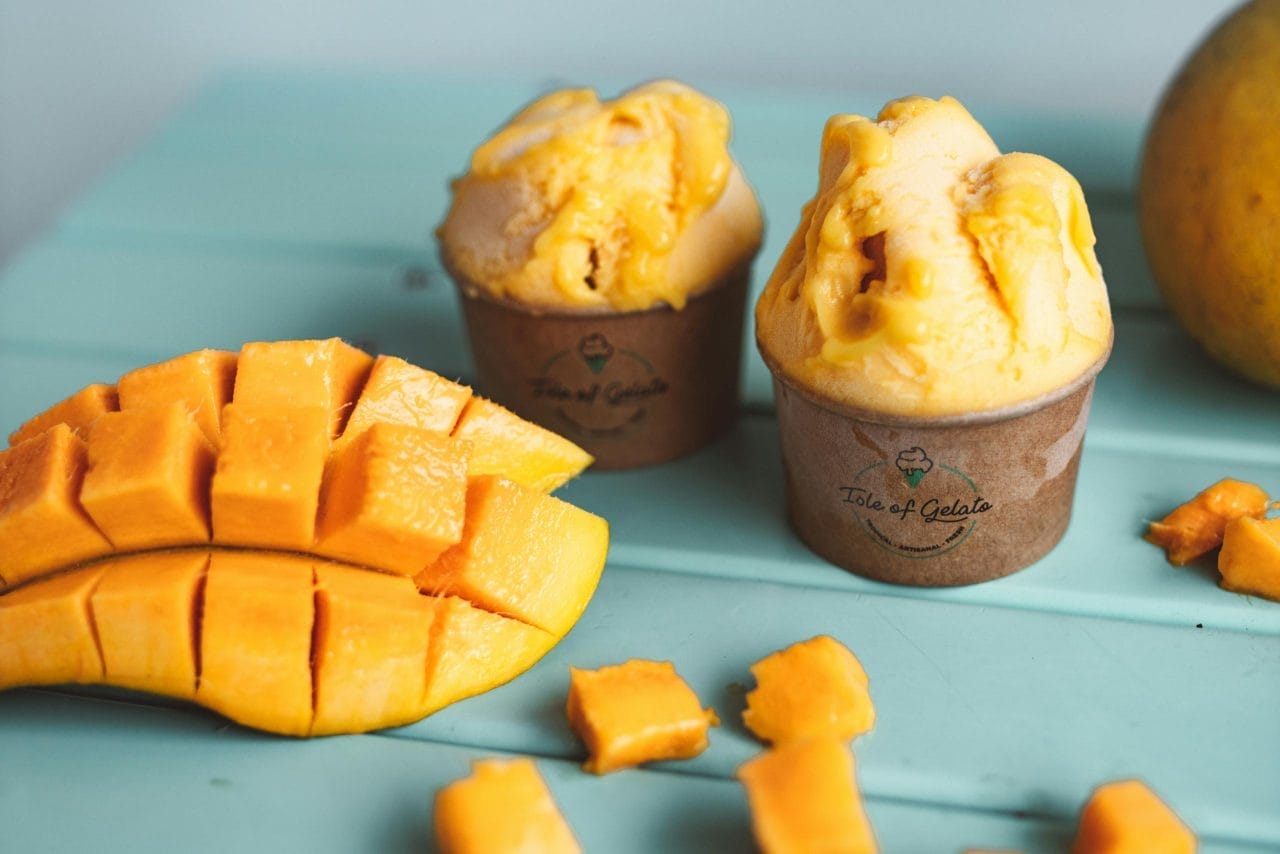I Made These FREE Vintage Recipe Tools JUST For You
This recipe was created with help from AI tools and carefully reviewed by a human. For more on how we use AI on this site, check out our Editorial Policy. Classic Fork earns a small commission from Amazon and other affiliate links at no extra cost to you, helping us keep our content free and honest.
Forgotten Colonial Fruit Desserts That Were Surprisingly Good
Long before powdered cake mix and freezer pies, colonial cooks were baking up genius desserts with whatever the land gave them. Fruit was the hero, and pantry staples did the heavy lifting. No fancy machines. No modern fluff. Just pure flavor and resourcefulness.
Here are the colonial fruit desserts that somehow slipped through the cracks—but deserve a serious comeback.
What Would You Cook in Wartime?
Step back in time and discover what you could make with limited wartime rations
Sonkers, Grunts, Betties, and Cobblers
These names sound like someone tripped on their way to say “pie,” but they were the backbone of colonial fruit desserts.
Cobbler? That’s fruit baked under a biscuit topping. A grunt? Fruit simmered with dumplings until it grunted as it cooked. A Brown Betty? Think baked apples layered with buttery breadcrumbs. Sonkers? Like cobbler but sometimes served with a sweet milk sauce.
Colonial cooks didn’t waste time fussing. They layered fresh or preserved fruits—whatever was in season—with dough, crumbs, or batter and let the oven work its magic. Sometimes they even used unexpected flavors like cardamom or rosewater for flair.
Modern twist? Try a raspberry-cardamom cobbler or pineapple Brown Betty with almond meal. Wild, but it works.
Apple Soup and Apple-Almond Crumb Pie
Yes, apple soup. It was a warm, spiced dessert—almost like an applesauce pudding. Served hot in bowls with maybe a splash of cream if you had it.
The apple-almond crumb pie took tart apples and topped them with a buttery crumble made from nuts and grain. It wasn’t flaky like a modern pie, but it had flavor and crunch where it counted.
This combo proves apples weren’t just lunchbox filler. They were dessert royalty.
Mock Apple Pie From WW2: Great Depression Delight
Apples and Onions on Toast
This one turns heads today. Apples. Onions. Butter. Sugar. Cinnamon. Currants. All baked together and served over buttered toast.
It walked a fine line between sweet and savory, and it worked surprisingly well. Colonial kitchens didn’t shy away from bold pairings, and this one is living proof.
It sounds weird. But give it a shot on rustic bread. It tastes like autumn had a weird dream and it turned out delicious.
Molasses Cookies and Brown Butter Buckles
Molasses was the sweetener of choice when sugar was expensive or hard to get. Colonial bakers turned it into spiced cookies that stayed soft for days.
Buckles were the lovechild of cake and cobbler. Fruit baked right into a buttery, dense cake—sometimes topped with browned butter or a nutty crumble.
A blueberry brown butter buckle might sound modern, but it’s rooted in colonial know-how. Cheap fruit, flour, fat. Boom. Dessert.
Molasses Spice Cookies: A Wartime Delight That Stood the Test of Time
Why These Desserts Still Hit
Colonial desserts weren’t about looks. They were about taste, thrift, and making the most out of a handful of ingredients.
They used:
- Seasonal fruit or preserves
- Crumbs, biscuits, or dense batters for texture
- Warm spices and whatever sweetener they could find
You don’t need electric mixers or a drawer full of measuring spoons to enjoy these. You just need a baking dish, some fruit, and the guts to try something that doesn’t come in a shiny box.
So next time you reach for boxed brownies, maybe make a Brown Betty instead. Or throw apples and onions in a skillet and see what happens.
Old-school desserts are having a moment. Might as well let these forgotten ones get their turn.

